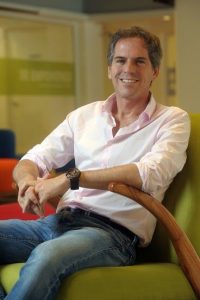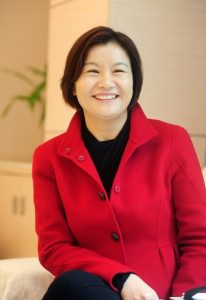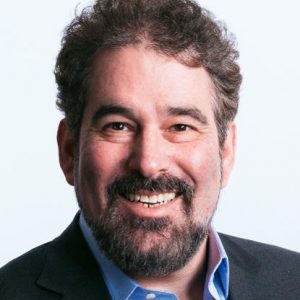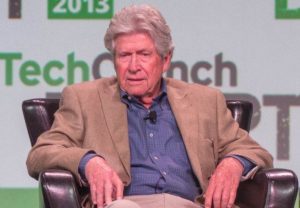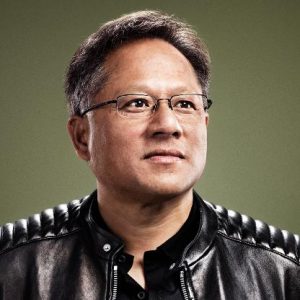Jaguar Cars : One of the Most Luxury Automobile Manufacturers in the World
Jaguar Cars, the name speaks for itself. The brand is almost a hundred years old and has seen its own ups and downs. It has been the provider of most luxurious cars that are at the same time the best at performance and technology. Jaguar is known for its exclusive designs and exceptional comfort and as the producer of one of the fastest cars in the world.
History
Two motorcycle enthusiasts, William Lyons and William Walmsley, from the UK, came together with an idea to start a business of manufacturing motorcycle sidecars and founded Swallow Sidecar Company, in 1922. In 1934, the company was renamed as the S.S. Cars Limited, making the shares of the company public.
The next year, the company manufactured the first 2½-litre engine sports car, with the name SS Jaguar 2½-litre, followed by another sports model with a 3½-litre engine SS Jaguar 100. After the second world war, the shareholders of S.S. Cars Limited decided to rename the company to Jaguar Cars Limited, in a meeting held on 23 March 1945, so that to have a unique name for the company and to avoid any connection with acronym S.S.

In the late 40s, the company dealt with a huge issue of shortage of materials, particularly steel, becoming entirely dependent for their bodies on external suppliers. But, by the mid-50s, the company started achieving fame after manufacturing a series of powerful sports cars, including Jaguar XK120, Jaguar XK140, Jaguar XK150, and Jaguar E-Type. At the time, all of those sports cars were powered by the jaguar’s twin-cam straight-six engine, that provided the maximum efficiency. The manufacturing of the cars was based on the Lyons’ mantra of “value for money” and followed the slogan “Grace, Space, Pace.”
Winning the Le Mans 24 hours race, firstly in 1951, and again in 1953, were two major benchmarks for Jaguar, in the long history in motorsport. Lyons was always focused on manufacturing the world-class sporting saloons in larger numbers than the sports car market could support, and as a result, Jaguar was able to achieve a financial stability and a status for distinction with a range of elegantly styled luxury saloons manufactured under its name. The luxurious and stylish saloons cars included the 3-litre and 3½ litre cars, the Mark VII, VIII, and IX, the compact Mark I and 2, and the XJ6 and XJ12.
Pressed Steel Company Limited, manufactured all the major parts of the Jaguar cars, and in mid-1965, British Motor Corporation (BMC) and the Austin-Morris, together, acquired the Pressed Steel Company Ltd. Later, BMC also acquired Jaguar and started a joint venture British Motor Limited, in 1965, that was renamed to British Motor Holdings at the end of 1966.
In 1968, British Motor Holdings, under the government pressure got merged with Leyland Motor Corporation Ltd. and was formed as British Leyland. But, the poor decisions made by the company as well as the financial difficulties, could not make the deal last longer, and due to monetary success, the companies eluded. In 1984, Jaguar also emerged as a separate company and under the leadership of chairman, Sir John Egan, started to rise rapidly.
The Jaguar engines became famous due to its ubiquity and longevity, and the next powerful engine introduced by Jaguar was Twin OHC XK Engine, that was used in the XJ6 saloon from 1969 through 1992. It even empowered the British Army’s Combat Vehicle Reconnaissance (Tracked) family of vehicles, the Fox armoured reconnaissance vehicle, the Ferret Scout Car, as well as the Stonefield four-wheel-drive all-terrain lorry.
In November 1989, Ford offered the Jaguar’s US and UK shareholders to buy their shares, and in 1999, Jaguar became a part of Ford’s new Premier Automotive Group along with Aston Martin, Volvo Cars and, from 2000, Land Rover. At the same time, Jaguar shared a common sales and distribution network as well as some components with Land Rover. All these years, Jaguar made no profits under Ford’s leadership, and in 2007, Ford announced a sale of Jaguar as well as Land Rover, together. On 2 June 2008, Tata Motors of India, acquired both companies by paying £1.7 billion. The Tata Group further established Jaguar Land Rover Limited, a wholly owned subsidiary and renamed the parent company to Jaguar Land Rover Automotive PLC.
Currently, Jaguar is a manufacturer of the car models including the F-Type convertible, the Jaguar XF, the Jaguar XJ, the Jaguar XK, and the Jaguar R models. In the future, we can expect to see a C-X17 and a four-door compact saloon known as XE.
Since the beginning of the manufacturing of Jaguar Cars, all of the vehicles had the iconic chrome-plated Leaping Jaguar, known as the “The Leaper” on the cap of the radiator of those vehicles. The same leaper is also a part of the logo of the company. But, due to some safety reasons, the leaper has been dropped from the current Jaguar models.

Yashica is a Software Engineer turned Content Writer, who loves to write on social causes and expertise in writing technical stuff. She loves to watch movies and explore new places. She believes that you need to live once before you die. So experimenting with her life and career choices, she is trying to live her life to the fullest.
